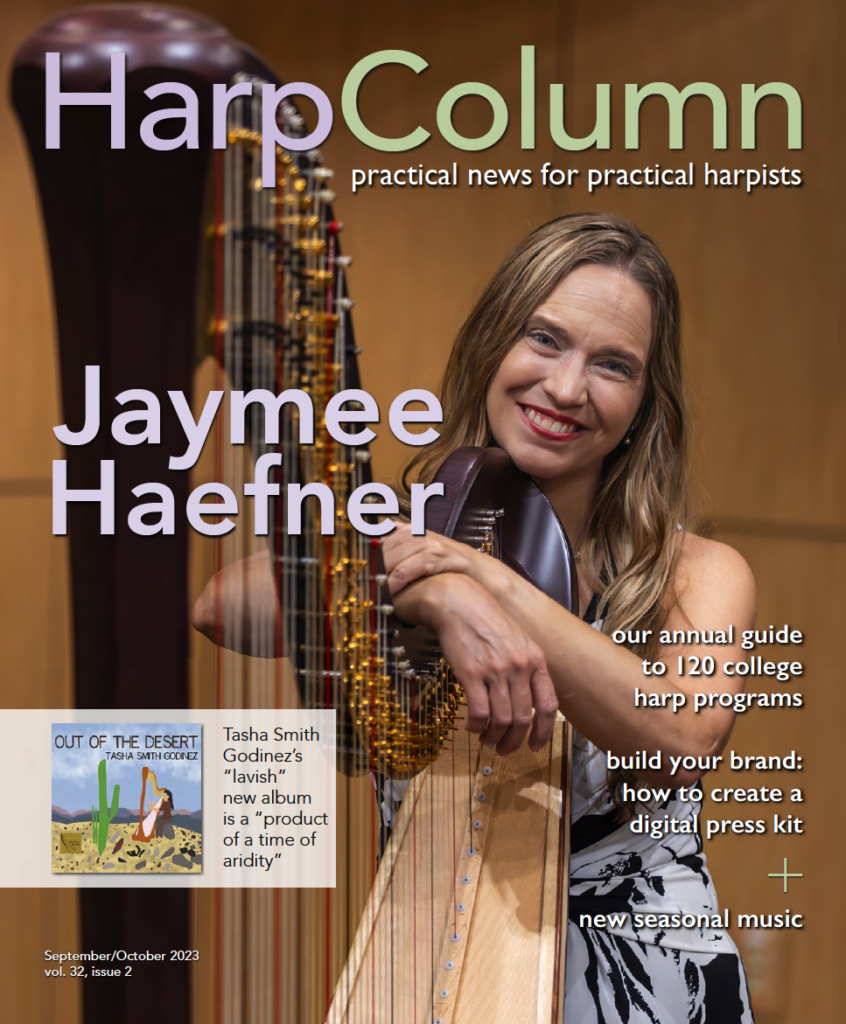Yesterday, my daughter played her first soccer game of the season. I missed the game, but called her afterward to get a quick recap.
Me: “How did the game go?”
…all the artistic photos, professional video clips, and slick websites in the world won’t help if you can’t communicate your message effectively in writing.
Daughter: “It was so hot. I was sweating before the game even started. I had a good warm up, though, and felt ready to play when the whistle sounded. Our team controlled the ball for most of the first half…” This chronological description of the game, related in meticulous detail, went on for several more minutes before she finally landed the plane. “So we ended up winning 1–0 on a last-second goal!”
Me: “We need to work on not burying the lede in your postgame reports.”
Daughter: “Huh?”
Burying the lede (or lead) is a term used in journalism—specifically news writing—to describe stories where the most important or newsworthy information is hidden underneath lots of less-consequential details. It’s easy to do. Most of the tales we tell and stories we read do not begin with the most critical information. Can you imagine reading a mystery where the killer’s identity is revealed in the first paragraph? Or a novel where the protagonist’s conflict is resolved on page one? Just like many musical forms, lots of writing forms require arch and development. The climax of a symphony and the juiciest bits of a book require a lot groundwork to be laid and anticipation built in order to be effective. But news writing is different. It’s more like a theme and variations in music—you first state the theme or most important material. Then, in subsequent paragraphs, you embellish the theme with ornamental details and color.
Why do news writing principles matter to you, a musician? We’re going to tell you exactly why in our article All About Me. Freelance musicians need to understand how to tell their story and share what’s new so their audience will listen. Being able to write a good press release and bio is a critical skill for freelance musicians interested in getting the word out about their career. While it would be nice to have a PR agent handling all your press, most of us don’t have that luxury. But that’s okay—no one knows your brand as well as you do, so there is no better person to write your story, and our how-to article guides you through each step of the process.
This article is the first in a series we’re calling “Build Your Brand” that explores the components necessary to assemble a digital press kit. In the first installment, author Heather Cornelius explains how to write a bio and press release to grab the attention of the reader. (Spoiler alert: Know your audience and don’t bury the lede!) Future articles in the series will look at how to get dynamic publicity photos and build the key components of an impressive website. But we start the series with the essential writing skills every freelance musician needs to have because all the artistic photos, professional video clips, and slick websites in the world won’t help if you can’t communicate your message effectively in writing. Presenting your story in a simple and concise package, containing all of the key elements a publication or news outlet needs, increases the likelihood you’ll get the press coverage you’re after. Once you’ve read our article and composed a stellar press release and bio about your big news, go ahead and send it to us here at Harp Column so we can share your news with the rest of the harp world. •







